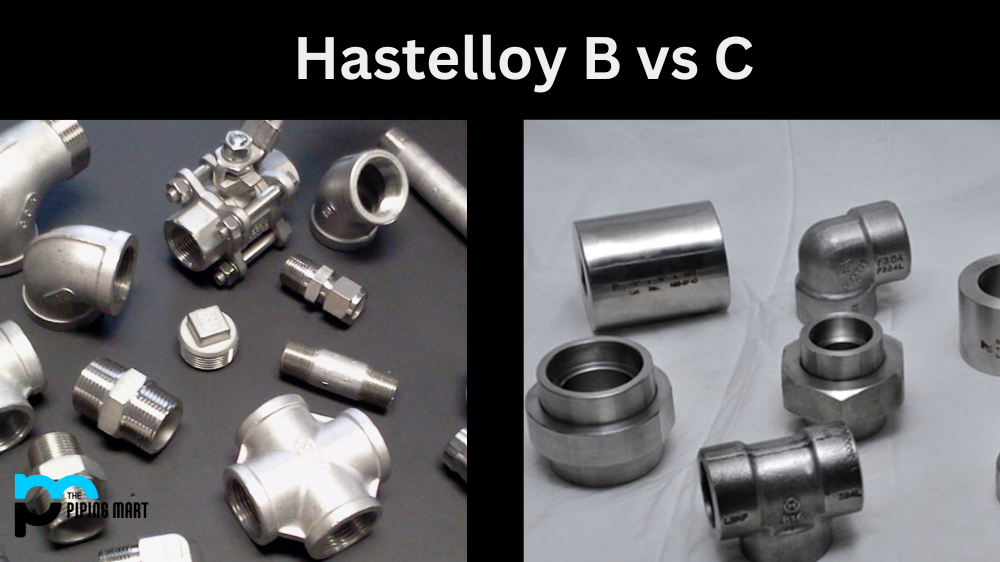Hastelloy is an alloy of nickel, molybdenum, and chromium known for its superior corrosion resistance. It has several variants, each with its unique characteristics. In this blog post, we’ll look at two more popular variants: Hastelloy B and C.
Difference Between Hastelloy B and C
Hastelloy B and C are highly corrosion-resistant alloys that withstand various temperatures and environments. They also have similar mechanical properties, such as ductility and strength. Their main difference is their composition; Hastelloy B contains more nickel than C, while C contains more chromium.
Hastelloy B is often used in applications where high-temperature performance is required, such as nuclear reactors and exhaust systems. Its higher nickel content provides excellent resistance to pitting, crevice corrosion, and stress corrosion cracking. On the other hand, Hastelloy C is better suited for chemical processing due to its higher chromium content, making it more resistant to oxidizing acids like nitric acid or hydrochloric acid. It also has superior resistance to reducing acids like sulfuric or phosphoric acid.
Both alloys are used in petrochemical processing, aerospace engineering, offshore oil & gas platforms, power generation, and medical equipment manufacturing. Depending on the application requirements, they can be used in various forms, including bar stock, sheet metal, or wire form.
Composition
Hastelloy B and Hastelloy C are high-nickel alloys containing chromium, molybdenum, and iron. Hastelloy B also contains tungsten, while Hastelloy C contains cobalt.
Corrosion Resistance
Hastelloy B and Hastelloy C both have excellent corrosion resistance in various environments. They are often used in chemical processing, nuclear waste disposal, and other applications where corrosion resistance is critical.
Temperature Resistance
Hastelloy B has a higher temperature limit than Hastelloy C, making it the better choice for applications that require high-temperature performance.
Fabrication
Hastelloy B is more accessible to fabricate than Hastelloy C due to its lower carbon content. This makes Hastelloy B the better choice for applications where fabrication is a concern.
Cost
Hastelloy C is typically more expensive than Hastelloy B due to its higher cobalt content. This makes Hastelloy C the better choice for applications where cost is not a significant concern.
Conclusion:
In conclusion, both Hastelloy B and C are excellent alloys for applications requiring superior corrosion resistance. Their unique compositions make them suitable for different types of applications; At the same time, B is better suited for high-temperature environments such as nuclear reactors, and C is better suited for chemical processing applications due to its higher chromium content which makes it more resistant to oxidizing acids like nitric acid or hydrochloric acid. Ultimately, it depends on the specific needs of your project and which alloy you should use to get the best results.

Meet Bhavesh, a seasoned blogger with a wealth of knowledge and experience. From metal products manufacturing to retail, Bhavesh has a diverse background in various industries and is dedicated to sharing his insights and expertise with readers.




